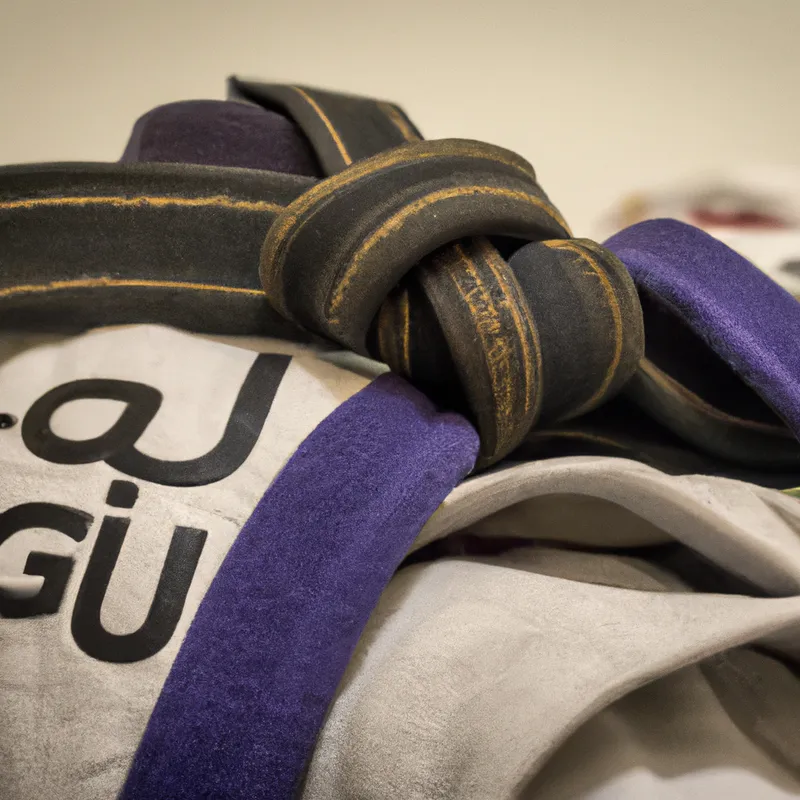Analyze the Benefits of Gi and No-Gi
Exploring the Differences Between Gi and No-Gi BJJ
Brazilian Jiu-Jitsu (BJJ) emphasizes ground fighting and submission grappling. Practitioners choose between two styles: Gi and No-Gi. Both styles share fundamental principles but differ in technique, attire, and training methods. This post highlights the differences, unique features, benefits, and tips for practitioners in both realms.
The Attire: Gi vs. No-Gi
Gi BJJ requires practitioners to wear a traditional kimono, including a jacket, pants, and belt. The thick cotton Gi allows for grips, enabling techniques like collar chokes and sleeve grips. Practitioners enjoy the culture and tradition of wearing the Gi, connecting them to BJJ’s history.
In No-Gi, practitioners wear tighter attire like rash guards and board shorts. This clothing promotes mobility and speed, eliminating loose ends to grab. Without grips, practitioners adapt their strategies, relying on body positioning, timing, and leverage. No-Gi creates a faster-paced environment that emphasizes agility and quick decision-making.
Techniques and Strategies
Gi and No-Gi BJJ techniques vary significantly due to attire differences. Gi practitioners use grips on collars, sleeves, and pants for control. These grips enable unique techniques, including intricate guard passes and submissions. Gi practitioners focus on positional control, maintaining dominant positions, and setting up submissions.
No-Gi requires a different grappling approach. Without clothing grips, practitioners rely on body locks, underhooks, and overhooks for control. This style emphasizes movement and fluidity, demanding keen timing and positional awareness. Many No-Gi practitioners maintain a faster pace, focusing on smooth transitions and creating openings through submission attempts.
Transitioning Between Styles
Transitioning between Gi and No-Gi can challenge practitioners. Different gripping mechanics and movement patterns may confuse beginners. However, several strategies can ease this transition:
1. **Practice both styles regularly.**
Conclusion
In summary, Gi and No-Gi BJJ offer distinct experiences. Understanding their differences benefits all practitioners.
Below are related products based on this post:
FAQ
What are the main differences in attire between Gi and No-Gi BJJ?
Gi BJJ requires practitioners to wear a traditional kimono, which includes a jacket, pants, and belt, allowing for various grips. In contrast, No-Gi practitioners wear tighter clothing such as rash guards and board shorts, which promotes mobility and eliminates loose ends for gripping.
How do the techniques and strategies differ between Gi and No-Gi BJJ?
Gi BJJ techniques often utilize grips on collars, sleeves, and pants, enabling a range of control techniques and submissions. No-Gi BJJ, on the other hand, relies more on body locks and positional awareness due to the absence of grips, emphasizing fluid movement and quick transitions.
What are some tips for transitioning between Gi and No-Gi styles?
Practitioners can ease the transition between Gi and No-Gi by regularly practicing both styles. This helps familiarize them with the different gripping mechanics and movement patterns, making it easier to adapt to each style’s unique demands.















Post Comment